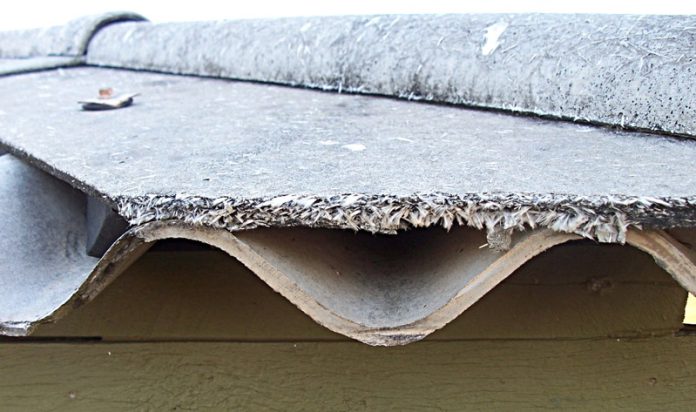1. Asbestos Testing: What It Is And How It Helps You In House Renovating
If you’re planning a renovation or demolition project this year, you might be asking when and if you should hire an asbestos testing expert.
Asbestos refers to a category of extremely fibrous minerals with long, thin strands that can be separated. Asbestos fibers are robust and flexible, making them suitable for spinning and weaving. Asbestos fibers are resistant to heat and chemicals, making them valuable for a variety of industrial applications.
Unfortunately, far too many property owners make erroneous assumptions about when asbestos testing is necessary, and the results are frequently disastrous.
Continue reading to learn more about the significance of asbestos testing and when it should be considered:
2. Before Beginning Any Renovation Project, Test For Asbestos.
Many property owners and managers believe that as long as their structure is less than five years old, they are free to disregard asbestos testing requirements.
Asbestos has never been completely eradicated from all new construction materials. It can appear in a variety of forms, including newer construction.
As a result, national policies mandate that asbestos testing be performed before to any renovation project, regardless of age or other factors.
3. Any Demolition Work Should Be Preceded By An Asbestos Test.
Building materials in any structure, regardless of age, may include asbestos, which is safe when utilized properly but dangerous when disturbed.
Previously enclosed asbestos fibers can enter the air as dust particles during demolition, posing a risk to employees and anybody in the neighborhood during the time of demolition, as well as anyone who comes into contact with or disturbs the dust afterward.
4. In Older Buildings, Test For Friable Asbestos On A Regular Basis.
Asbestos can be dangerous to building inhabitants and employees in a variety of situations, including renovations and destruction. As time passes, many older asbestos-based materials, such as insulation and fireproofing, can become friable (easy to crumble).
Simple maintenance or normal repairs can upset friable materials, releasing dangerous asbestos fibers into the air and posing a health risk.
As a result, it’s critical to get older buildings examined for asbestos and establish whether any asbestos-containing materials have become potential risks on a regular basis. We propose testing prior to purchasing an older facility and re-inspections every 6 to 12 months, depending on the presence of asbestos-containing materials. Furthermore, if you already possess an older structure that has never been assessed, now is a good time to start.
5. When There Are Occupant Complaints, Perform A Test
Your employees and building occupants have a right to a safe and habitable environment. When a tenant, employee, or other building inhabitant claims to have come into contact with asbestos, it’s critical to follow up straight once.
In some cases, tenants may notice asbestos-like particles. They may also be suffering from respiratory problems that they feel are caused by asbestos. In other circumstances, people may already be aware of asbestos and merely detect its presence owing to a variety of other factors.
Regardless of whether you suspect the existence of asbestos or not, it’s critical to take the complaint seriously and respond with reasonable caution. It’s possible that the tenant is correct, or that you’ll discover another reason for the complaint.
If the results of the inspection show that there is no cause for fear, you and your occupier can relax. If the results of the inspection show that there is no cause for fear, you and your occupier can relax.
In all situations, investigating and handling a complaint is preferable than ignoring it and risking legal and regulatory penalties.











































